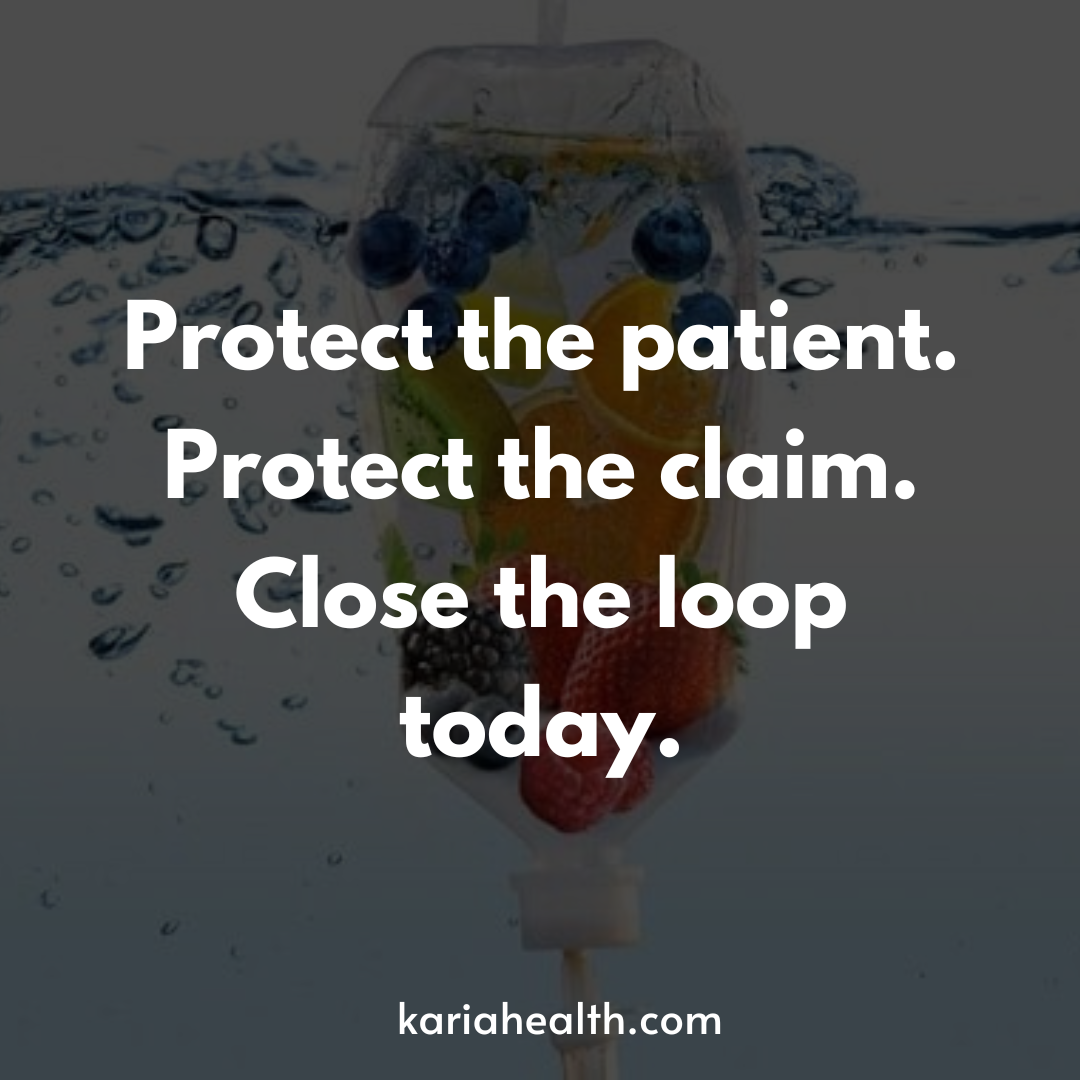
Understanding IV infusion.
- Jan 11, 2020
- 35

In home infusion, waiting until tomorrow is often too late. When drug levels shift, delaying a dose adjustment means three bad things: ❌ Higher risk of kidney injury (nephrotoxicity) ❌ Greater chance of treatment failure ❌ Claims that get denied for lack of clinical necessity. The fix? Build a same-day re-draw/re-dose loop: if a lab result shows levels are off, redraw the level, recalc the dose, and re-dose the same calendar day. This isn’t just best practice—it’s standard of care for vancomycin (AUC-guided) and aminoglycosides, where therapeutic drug monitoring (TDM) is everything. The One Idea Wire a closed-loop workflow: Timed lab draw Guaranteed courier pickup Pharmacist dose decision Compounding with fresh BUD Nurse dispatch + administration Do it all within your same-day cutoff windows. Document the whole cycle in your pharmacy/nursing note so your clinical story and your claim tell the same story.
Why it matters?And Why It Gets Paid
Clinical: Vancomycin and aminoglycoside dosing depends on levels drawn on time and adjusted quickly. Delays = avoidable toxicity or poor treatment response【ASHP†source】. Operational: Same-day courier service is the hinge. Without it, you roll clinical and financial risk into tomorrow【ASHP†source】. Billing: CMS Home Infusion Therapy (HIT) rules pay for professional services on the same administration day using G-codes. A clean, time-stamped packet links your redraw/re-dose loop directly to medical necessity【CMS†source】. How to Implement This Month 1) Lock in courier capacity Pre-arrange at least two lab pickups and one late-day med run for your key ZIP clusters. Put service level agreements (SLAs) in the contract: pickup times, proof of handoff, cold-chain support. 2) Standardize TDM order sets Example: vancomycin trough = collect just before next dose. Encode timing in the eMAR so nurses and phlebotomists don’t guess. 3) Auto-trigger redraws If a lab is missing, mistimed, or bad (hemolyzed), the system generates a same-day redraw task automatically. 4) Decide with validated methods Use AUC-guided vancomycin protocols (Bayesian or PK). For aminoglycosides, follow published pharmacokinetic monitoring guidance. 5) Compound + dispatch inside BUD Re-make the dose, time-stamp the BUD, and get it out with documented ETA and EVV. 6) Document like an appeal packet
Include in every not:
Specimen type + timestamp
Courier handoff
Lab result + pharmacist interpretation
Dose-adjustment rationale (cite guideline)
Administration time (before BUD)
HIT G-code tied to the plan of care
Micro-Workflow Example
07:30 – Nurse draws vancomycin trough, gives to courier
12:15 – Lab posts result → AUC below target
12:30 – Pharmacy compounds new dose
14:00 – Courier delivers
14:30 – Nurse administers; note captures BUD, EVV, and rationale
Same-day claim billed under the correct HIT G-code
Guardrails (Stay Compliant)
Follow product labeling, USP standards
, and national guidelines (ASHP/IDSA).
Document services exactly as provided—your note supports billing but does not replace payer rules.
Don’t promise outcomes. Report aggregate performance (like “% adjusted same day”), not guarantees.
What to Track
% of redraws completed same day
Median lab-to-dose decision time
% of doses given within BUD
Denials avoided with full TDM packets
References


All Comments